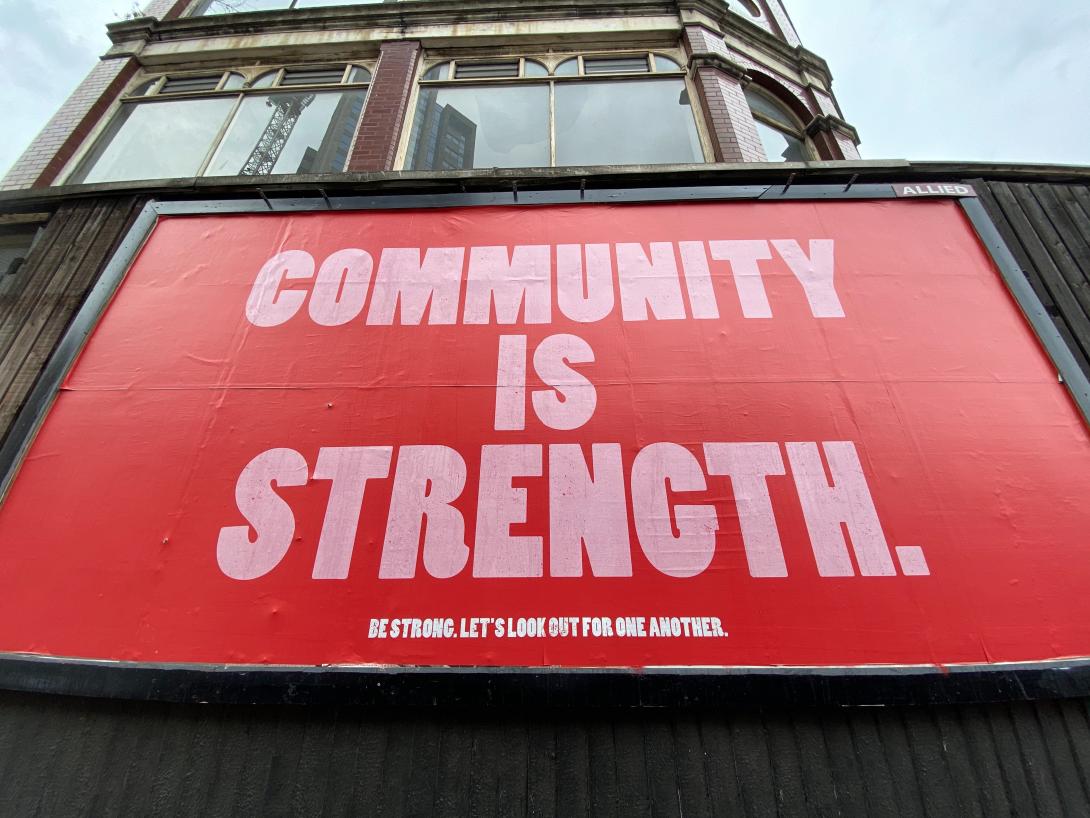Explore resources and tools that help evaluate the impact of your community-engaged efforts on communities and your community partners. While evaluating community impact can be challenging, doing so can give us valuable feedback on both process and outcomes, helping us move towards our ideal of mutual benefit and equitable partnerships. For resources on evaluating students' community-engaged learning, visit this page.
- Contact us at [email protected] or if you have any questions about these resources.
- Use our Support Request Form to request a consultation or workshop.
- We offer sessions for both students and academic partners.
- Join our Academic Partner mailing list to stay informed about upcoming events and opportunities!
Community Impact of Service Learning
- James, J. H., & Logan, K. (2016). Documenting the Community Impact of Service-Learning Coursework: Theoretical and Practical Considerations. Partnerships: A Journal of Service-Learning and Civic Engagement, 7(2), 17-36.
- This article uses qualitative and quantitative analysis to document the impact of one graduate-level service-learning course, beyond the outcome of immediate partnerships. Findings suggest that a more nuanced definition of “impact” should include various forms of institutional capacity-building, as well as personal and social benefits. The article offers a comprehensive assessment to measure impact of the course and provided feedback for partners to improve ways they serve the community.
- Goertzen, B. J., Greenleaf, J., & Dougherty, D. (2016). Exploring the Community Impact of Service-Learning Project Teams. Partnerships: A Journal of Service-Learning and Civic Engagement, 7(2), 37-50.
- This article explores how service-learning project teams (SLPT) impacted 16 community partners with direct experience working and supervising SLPT. The findings of this study provide insights into the impact that SLPTs had on the community through the collaborative processes and outcomes categories. Indicators of collaborative processes include partnership building, tangible resources, strategies for awareness, agency support, team features, and the use of political influences. Outcomes of SLPT are increased awareness, engagement, agency impact, sustainability, maintaining reputations, making and sustaining partnerships, opportunities for kids/family, team benefits, improving physical environments. The practical implications of this research are to stimulate creativity and innovation for course instructors to more effectively communicate the long-term impacts of service-learning project teams.
Community-Centered Approaches to Evaluating Community Impact
- Special section of Michigan Journal of Community Service Learning: Community Impacts of Engaged Research, Teaching, and Practice.
- This section offers 11 articles all examining community impact, organized around the following themes: the value of examining community impact to inform why, how, and with whom CCE is undertaken; resistance to widely used tools for measuring CCE outcomes and impacts, while exploring new approaches that center community;
- Franz, N. (2014). Measuring and Articulating the Value of Community Engagement: Lessons Learned from 100 Years of Cooperative Extension Work. Journal of Higher Education Outreach and Engagement, 18(2), 5-18.
- Lessons learned from the Cooperative Extension System. We can learn a lot from Cooperative Extension’s 100 years of CE efforts about measuring and articulating the value of engagement related to professional development, program development, funding, structure, and organization development.
- Sweatman, M. & Warner, A., (2020). Michigan Journal of Community Service Learning 26(1).A Model for Understanding the Processes, Characteristics, and the Community-valued Development Outcomes of Community-University Partnerships
- A conceptual model that depicts processes and key characteristics of long-term partnerships. Developed model from 3 investigated CSL/CUP stories and current literature. This model depicts the processes (development, co-creation, implementation, and care) and key characteristics (reciprocity, dialogue, and praxis) of long-term CUPs that are committed to a shared domain and community-valued development outcomes.
Examples from the Field
- Agenlli, K. (2014). An Annotated Review of Scholarship: Measuring the Impact of Community-University Partnership. Virginia Commonwealth University.
- List of articles evaluating the impact of numerous examples of campus-community partnerships compiled by VCO Division of Community Engagement
- Boyle, M. E., Ross, L., & Stephens, J. C. (2011). Who Has a Stake? How stakeholder processes influence partnership sustainability. Gateways, 4, 100-118.
- Comparative analysis of 3 actual partnerships. Identifies “who has a stake” and the salience of the stake.
Tools for Measuring Community Impact
- Clayton, P. H., Bringle, R. G., Senor, B., Huq, J., & Morrison, M. (2010). Differentiating and assessing relationships in service-learning and civic engagement: Exploitative, transactional, or transformational. Michigan Journal of Community Service Learning, 16(2), 5-21.
- *Faculty can utilize the Transformational Relationship Evaluation Scale (TRES) to measure faculty and community organization relationships. Study collected information from 20 faculty and measured their relationships with their community partners with this scale.
- Khodyakov, D., Stockdale, S., Jones, A., Mango, J., Jones, F., & Lizaola, E. (2013). On measuring community participation in research. Health Education & Behavior, 40(3), 346-354.
- Article that presents two approaches to measuring the level of community participation in research. Three-model approach vs. Community Engagement in Research Index (CERI). Provides pros and cons and lessons learned.
- Srinivas, T., Meenan, C. E., Drogin, E., DePrince, A. P. (2015). Development of the Community Impact Scale Measuring Community Organization Perceptions of Partnership Benefit and Cost. Michigan Journal of Community Service Learning, pp. 5-21.
- Describes the development and psychometric properties of the Community Impact Scale (CIS). CIS is a measure of benefits and cost of community-university partnerships across a range of outcomes as perceived by community partners.
- Wolff, T. (2003). A Practical Approach to. Evaluating Community Collaborations, 57.
- Chapter and worksheets on evaluating collaboration process, outcomes, and impact.
- Provides several worksheets at the end of the PDF for collaboration evaluation.

